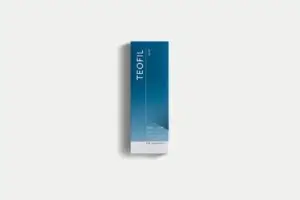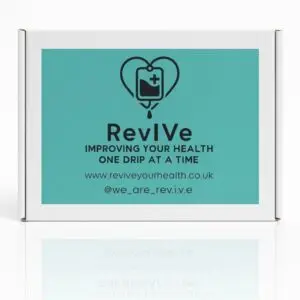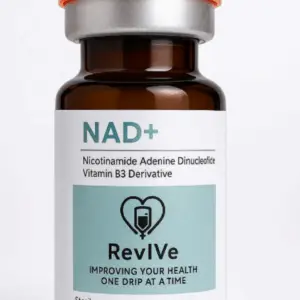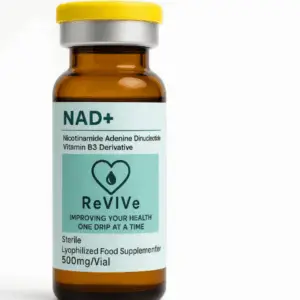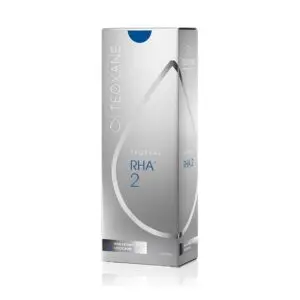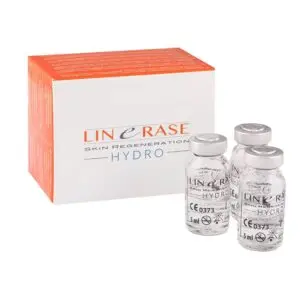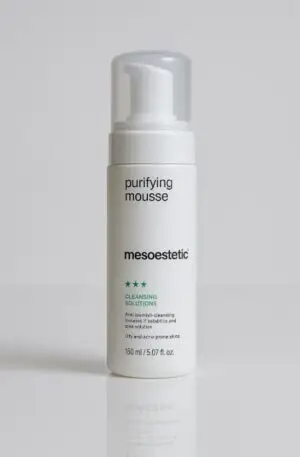Running a clinic often entails more than offering medical treatments or specialized care—it’s about promoting overall wellness and meeting the diverse needs of your patients. One way clinics can enhance their offerings and boost their success is by selling skincare products and sun cream. This move not only aligns with patient wellness but also provides […]












